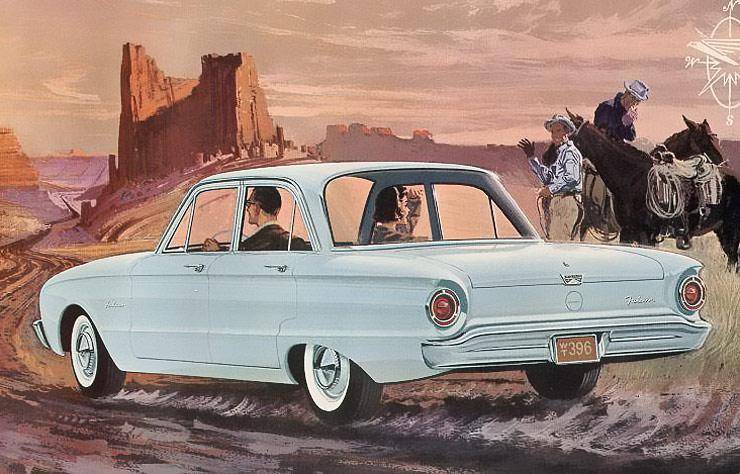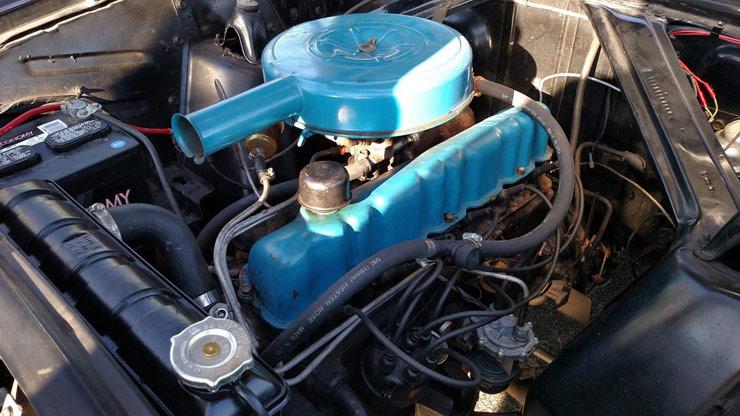Thirdly, no one was in a hurry on the roads in 1960.
Why? There was no reason to hurry. When you were driving in the 60s, no one could get in contact with you. No one could call you and ask “Where are you?” or “How much longer until you get here?” There was no need to check in, because there was no way to check in. Whenever you got there was whenever you got there.
If you happened to be late, you could give any excuse you wanted and no one could call you on it because Waze didn’t exist. You’d just amble up to 50 mph and stay there until you got to where you needed to go.
Keyboard mechanics will whip themselves up into a evangelical slactivist fury and cry halleluiah for the original Ford 144 I6. They will proclaim it as “bulletproof,” “dead-reliable,” “unstoppable,” and “the best little six ever made.”
–
They don’t know what they’re talking about.
–
Their rose glasses are more translucent than a watermelon Jolly Rancher candy. The Ford 144 I6 is more of a dog than Mr. Peanutbutter. It huffs and pants and begs for water when traveling at 65mph. The stock radiator has no overflow tank, just a metal tube for peeing coolant on the ground. The single-barrel Holly carb vapor-locks on top of a reverse-flow head when you leave the gas station. The fan is mechanical; it is bolted directly to the belt-driven mechanical water pump. That means the fan turns at whatever speed the engine is turning. If you’re idling, the fan is idling too, moving no air though the single-core copper radiator which sits more than one inch from the fan blades. That would be manageable if the fan was shrouded, but it isn’t.
A modern shrouded fan will force-suck air though the radiator first, keeping the car’s green blood cool. Without the shroud, the fan pulls in air from everywhere…under the car, though gaps in the hood, around the horns, across the battery, and maybe some of it goes though the radiator.
I’m not done yet.
Hills. Hills kill.
When you drive a 144ci Falcon, hills are your enemy. You approach hills in the same way you approached them on a single-speed Huffy in 1989.
Pedal as fast as you can while you still can! Build up precious momentum because it’s all going away in about twenty seconds! Damn any speed limits!Go as fast as you can because once the road goes up…up…up, your sweeping speedometer is going down…down…down. Push your foot to the floor and wave apologetically to all the Kia Souls lining up behind you on this double-yellow two-lane road.
I’m not done yet.
The hill descends. Now it’s a different terrifying game. Do you have power brakes? No. Do you have a double-master-brake cylinder? No! All that stops this 55-year old monument to fatherhood is a single master cylinder limp-noodling DOT-3 to four drums. If that single master cylinder goes, you needs a fast left hand to reach under the dash and ratchet up the mechanical parking brake, but not too hard because you might snap it.
Best of luck to you.
You see young man? It was a different world in 1960. People drove small distances at steady speeds on small roads with a fraction of the traffic that exists today. In that bygone world, the 144ci Falcon was just fine. In today’s world, it’s a time traveler without a home.
Source
Mr. Regular is the anonymous voice behind Regular Car Review














Facebook Comments